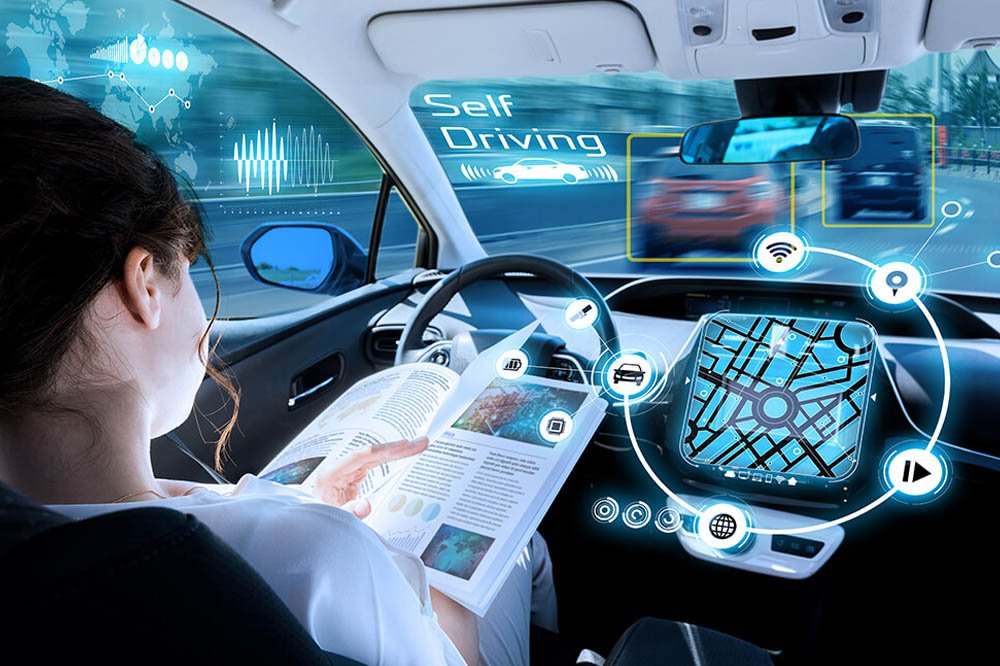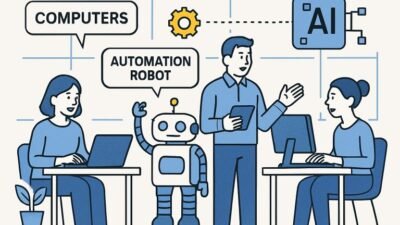Key Takeaways
- Advanced Driver-Assistance Systems (ADAS) have been shown to reduce accident rates significantly.
- Vehicle-to-Everything (V2X) communication improves traffic flow and safety.
- Artificial Intelligence (AI) enhances vehicle performance and predictive maintenance.
- Connected car technologies offer real-time data and remote diagnostics.
- Autonomous driving features are becoming more prevalent in modern vehicles.
Modern vehicles are evolving rapidly thanks to the integration of smart technologies. Today’s drivers benefit from features focused on safety, connectivity, and efficiency—producing more confident and enjoyable journeys while paving the way for a future with fewer accidents and more intelligent roads.
By bridging the gap between digital innovation and practical driving, smart automotive technologies are creating safer roadways, reducing driver error, and unlocking new levels of vehicle interaction. Learn more about how these innovations are becoming industry standards and transforming everyday driving. As advancements continue to shift from luxury add-ons to necessities, understanding these changes is essential for drivers considering their next vehicle or anyone keen to stay updated on automotive progress.
Advanced Driver-Assistance Systems (ADAS)
ADAS features such as Automatic Emergency Braking (AEB), Lane Departure Warning (LDW), and Blind Spot Detection have rapidly become cornerstones of modern vehicle safety. Utilizing networks of cameras, radar, and ultrasonic sensors, these systems assist drivers by continuously monitoring the vehicle’s environment in real-time. AEB systems, for instance, can help prevent rear-end collisions by sensing looming obstacles and applying the brakes when the driver fails to respond. According to Consumer Reports, AEB has proven especially effective at reducing crashes involving both vehicles and pedestrians. Additionally, the Insurance Institute for Highway Safety notes that vehicles equipped with these technologies see a measurable reduction in specific types of crashes, significantly improving overall safety outcomes for everyone on the road.
Vehicle-to-Everything (V2X) Communication
V2X communication enables cars to communicate seamlessly with each other and with surrounding infrastructure, such as traffic signals and road signs. Through the instantaneous exchange of data—such as road conditions, crashes, and sudden braking—numerous safety hazards can be avoided before they materialize. For example, a vehicle detecting icy pavement can immediately broadcast that information to nearby vehicles, prompting them to adjust speed accordingly while alerting city traffic control to deploy road treatments. V2X can help optimize traffic flows and prevent accidents, making every commute smoother and safer.
Artificial Intelligence in Vehicles
Artificial intelligence is at the forefront of automotive transformation. Machine learning algorithms process inputs from onboard sensors to provide real-time assistance, reduce false alarms, and aid in managing predictive maintenance. Predictive AI can identify upcoming mechanical issues—such as brake wear or engine trouble—before they escalate into expensive repairs or sudden breakdowns. Additionally, AI powers advanced features such as adaptive cruise control and enhanced crash avoidance, reducing the risk of both minor and major incidents while ushering in a new era of self-optimized vehicle performance.
Connected Car Technologies
The rise of connected cars ensures that drivers have an experience aligned with the demands of the digital age. Modern vehicles now support real-time traffic updates, hands-free calling, and over-the-air software updates to add new features and patch vulnerabilities. Remote diagnostics monitor the health of essential vehicle systems—alerting drivers to necessary maintenance and reducing the risk of unplanned downtime. Innovation in connectivity is also streamlining the ownership experience, providing drivers with insights, entertainment, and peace of mind during any journey.
Autonomous Driving Features
Advanced driver automation is rapidly transitioning from laboratory testing to the roads, with self-driving capabilities increasingly available to everyday users. Leading technology firms and automakers have introduced vehicles capable of handling specific driving functions—such as highway cruising or urban navigation—without requiring driver input. Companies like Waymo and Tesla continue to develop systems that interpret massive streams of sensor data in real time, navigate complex environments, and reduce reliance on human decision-making. As these systems become more robust, the potential to reduce accidents caused by distraction or fatigue grows exponentially.
Enhanced Sensor Technologies
The combination of LiDAR, radar, and high-definition cameras is powering breakthroughs in vehicle awareness. LiDAR provides precise 3D mapping of the environment, even at night or in poor weather, while radar technology detects the velocity and distance of moving objects. Cameras read road signs, spot pedestrians, and monitor road markings to assist with automated lane keeping. Working together, these sensors create a comprehensive view of the road ahead and around, significantly enhancing the vehicle’s ability to react promptly and accurately to real-world situations.
Predictive Analytics and Big Data
The integration of predictive analytics enables vehicles to collect and interpret massive volumes of data. Analyzing driver behavior, nearby road conditions, and vehicle status, these systems proactively identify and alert drivers to emerging risks, like imminent collisions, or suggest safe routes based on current conditions. This data-driven approach improves not only individual driver safety but also informs city planners and automakers, steering future tech development toward solutions proven to enhance road safety.
Moving Forward with Smarter Transportation
The fusion of smart technologies with modern vehicles is reshaping not just how we drive but how we think about transportation itself. From AI-driven safety features and real-time V2X communication to predictive analytics and fully connected ecosystems, today’s automotive innovations are minimizing risks while maximizing convenience, efficiency, and confidence behind the wheel. As these advancements become more widespread, they are no longer exclusive to luxury models but are quickly becoming standard expectations for all new vehicles. Staying informed about these emerging technologies is more than a matter of curiosity—it is a key part of making more intelligent, safer, and more sustainable transportation choices. Looking ahead, the continued evolution of smart automotive technologies promises even greater breakthroughs. Whether you are a tech-savvy driver or simply want a safer ride, embracing these developments ensures you are ready for a road that is rapidly becoming more intelligent with every mile.



